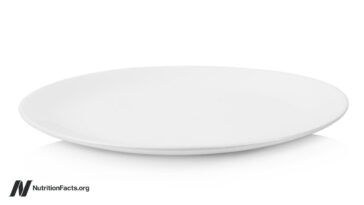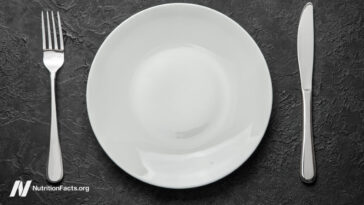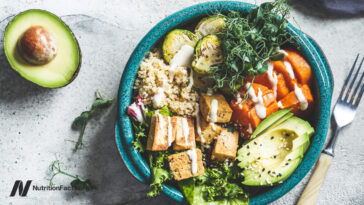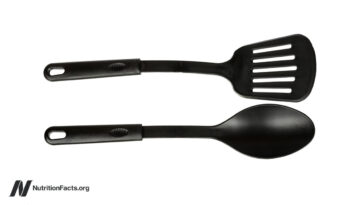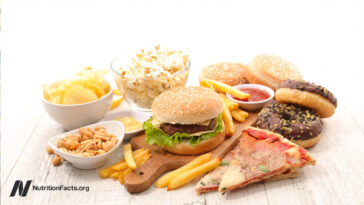Processed Foods and Obesity
The rise in the U.S. calorie supply responsible for the obesity epidemic wasn’t just about more food, but a different kind of food. The rise in the number of calories provided by the food supply since the 1970s “is more than sufficient to explain the US epidemic of obesity.” Similar spikes in calorie surplus were […] More







